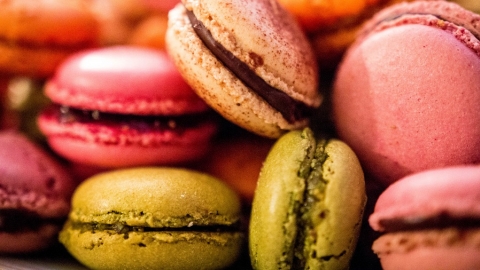The trendy beauty of the Champs-Elysées has been experienced by many people, but few people know that, before becoming a bustling avenue attracting countless tourists, this area was once just a swamp, a field of wheat, oats and even a pasture for cattle.
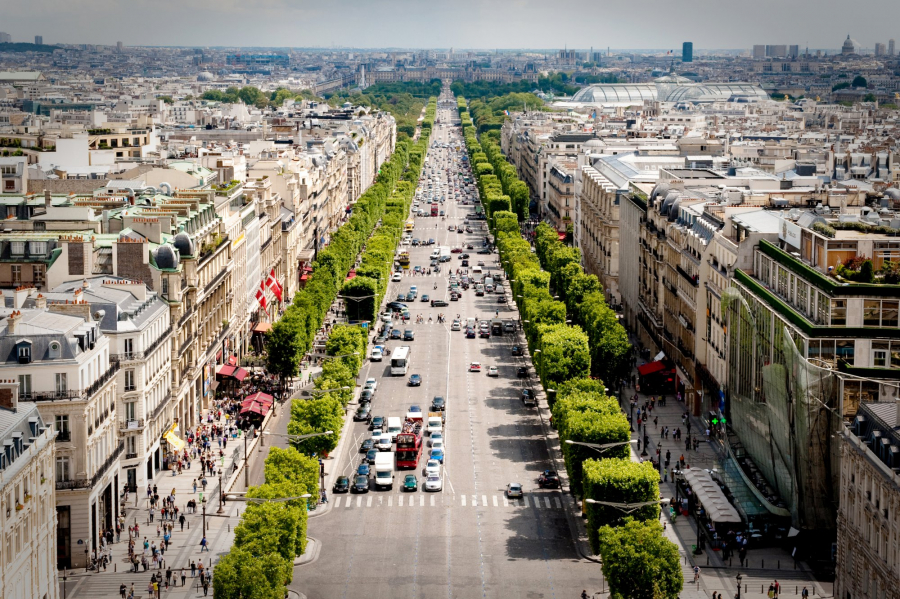
Champs-Elysees, Paris
from the primitive countryside
In 1667, following the idea of King Louis XIV, the then French Minister of Finance, Jean-Baptiste Colbert, opened a road connecting the Tuileries Palace to the other residences of the king and reserved only for royal walks. Initially, the road was called the "Grande allée de Roule" path. In 1680, it was renamed "Boulevard du Tuileries".

The name Champs-Elysées first appeared in 1694, but it was not until 1709 that it became its official name. "Champs-Elysées" in ancient Greek mythology means paradise, the resting place of heroes and virtuous people in the afterlife. But the word "champs" in French means field, also recalling the origin of this place, which was once a field of wheat and oats.
During the French Bourgeois Revolution (1789-1799), the Champs-Elysées Avenue with Concorde Square was the place where the guillotine executed King Louis XVI, Queen Marie-Antoinette (1793),... and many other famous people.
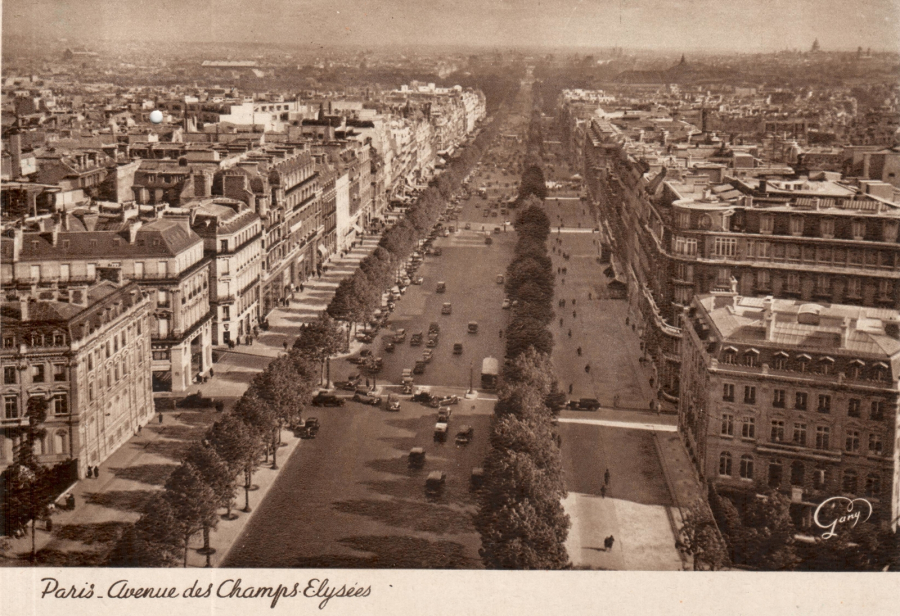
In the early 19th century, the Champs-Elysées remained its original appearance, shaded by peaceful green trees in the countryside. It was not until 1806 that the Champs-Elysées began to change significantly when Emperor Napoleon I built the Arc de Triomphe on Place de l'Etoile, now Charles de Gaulle Square, to honor the victories of the French army.
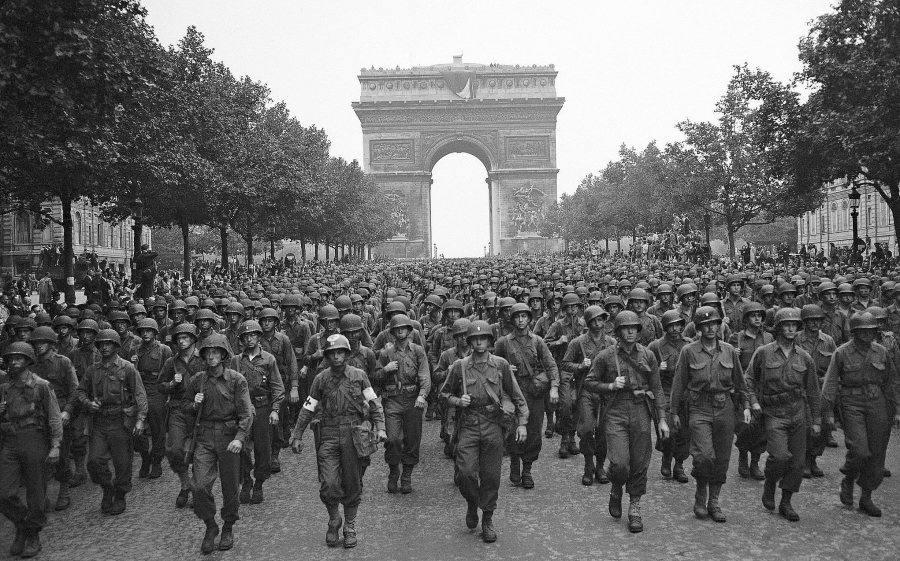
The Arc de Triomphe transformed the Champs-Elysées into a place of solemnity.
to the Symbol of the City of Light
In the years 1820-1830, Champs-Elysées began to become the most elegant and noble promenade in Paris. Cafes, restaurants, milk bars, ball courts, etc. sprang up along both sides of the avenue. The modern appearance of Champs-Elysées was thanks to the planning of architect Hittorff in the years 1836-1840.
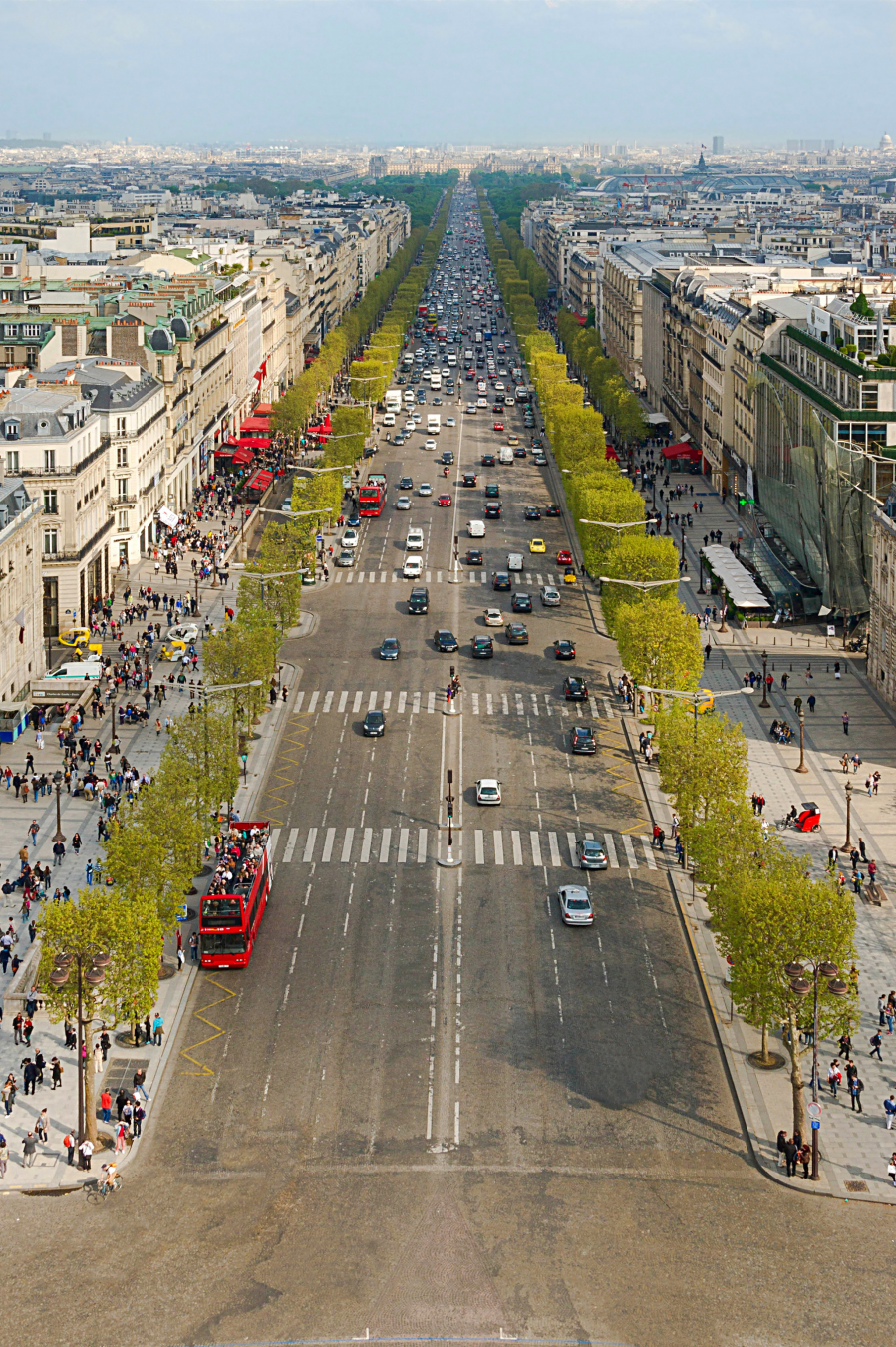
The modern appearance of the Champs-Elysées is thanks to the planning of architect Hittorff in the years 1836-1840.
During the second half of the 19th century, along with economic development, many luxury hotels, banks, high-end fashion stores, and theaters were opened, making Champs-Elysées a fashionable center of the Parisian aristocracy.
After more than 300 years of existence and development, the Champs-Elysées has now been honored as the most beautiful avenue in the world, one of the tourism and fashion symbols of Paris. With the number of tourists constantly increasing, in 2016, the Paris City Council decided that the most famous avenue on the planet will be reserved for pedestrians on the first Sunday of every month.
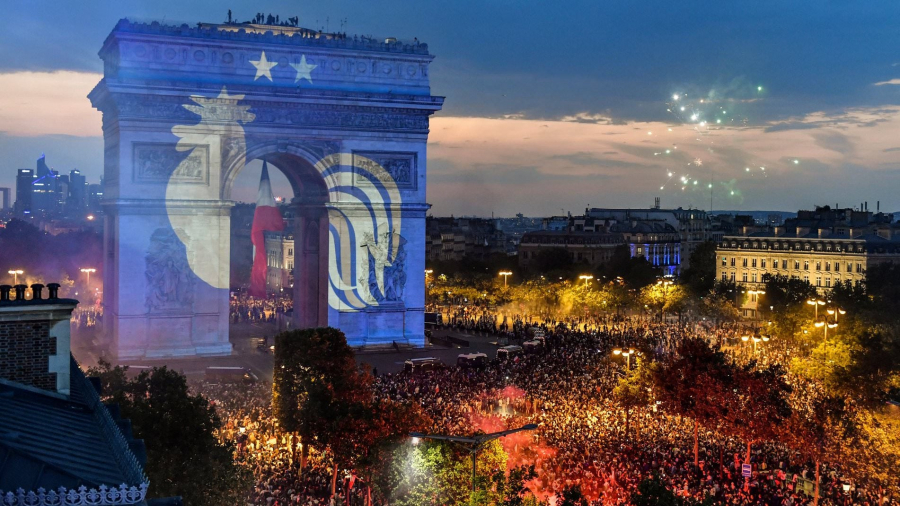
On the night of December 31, millions of people flocked to the most splendid avenue in the world to watch fireworks and welcome the new year.
The boulevard, which is more than 2 km long, is also the venue for many important cultural, sports, social and political events and festivals of France in general and Paris in particular. The year-end festive season is also marked on the Champs-Elysées with one of the largest Christmas markets in France, with hundreds of souvenir stalls, gifts and specialties from many regions of France. And on the night of December 31, millions of people flock to the most splendid boulevard in the world to watch fireworks and welcome the new year. The Champs-Elysées also attracts many domestic and international shoppers thanks to its shops and stores of luxurious and classy fashion, jewelry, watch and cosmetic brands.
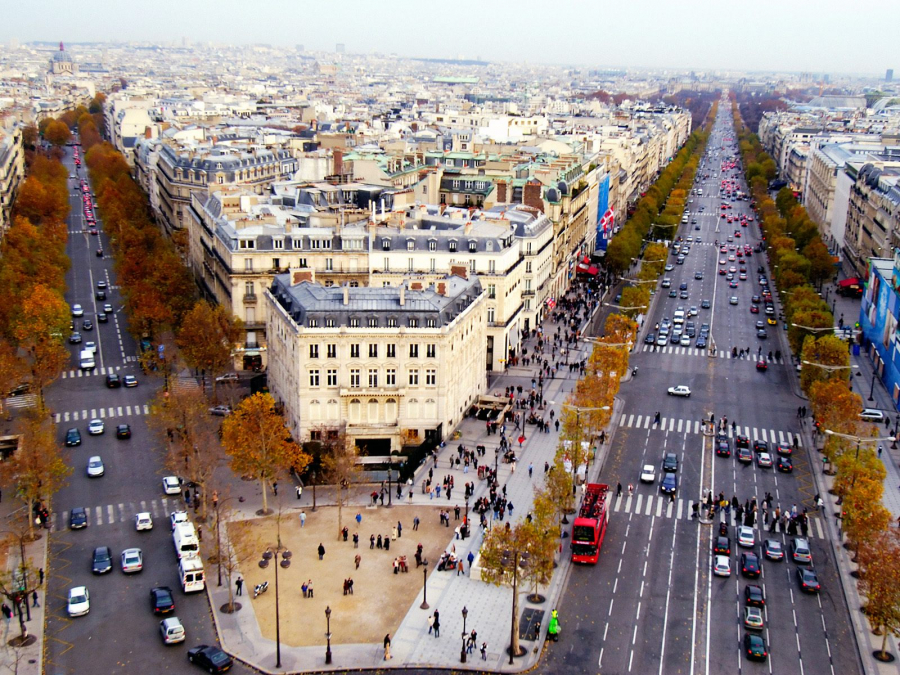
That's why the French have a famous song: "In the sun or in the rain, at noon or at midnight, whatever you want, you can find it, on the Champs-Elysées."





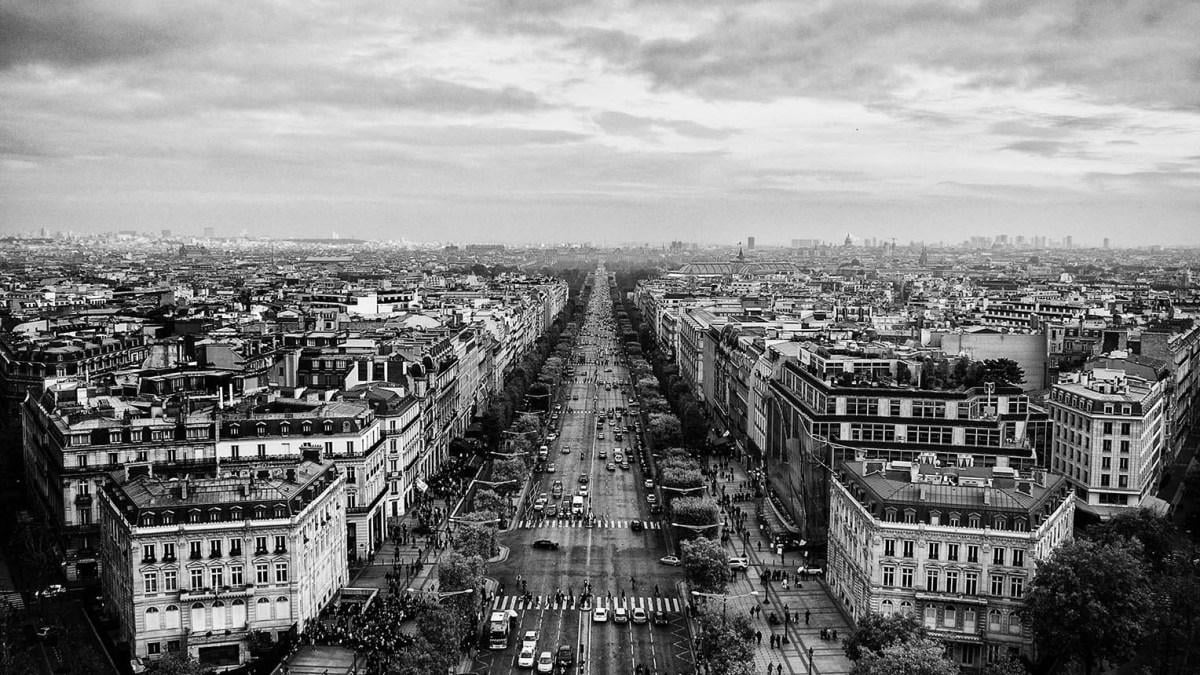












.jpg.jpg)






